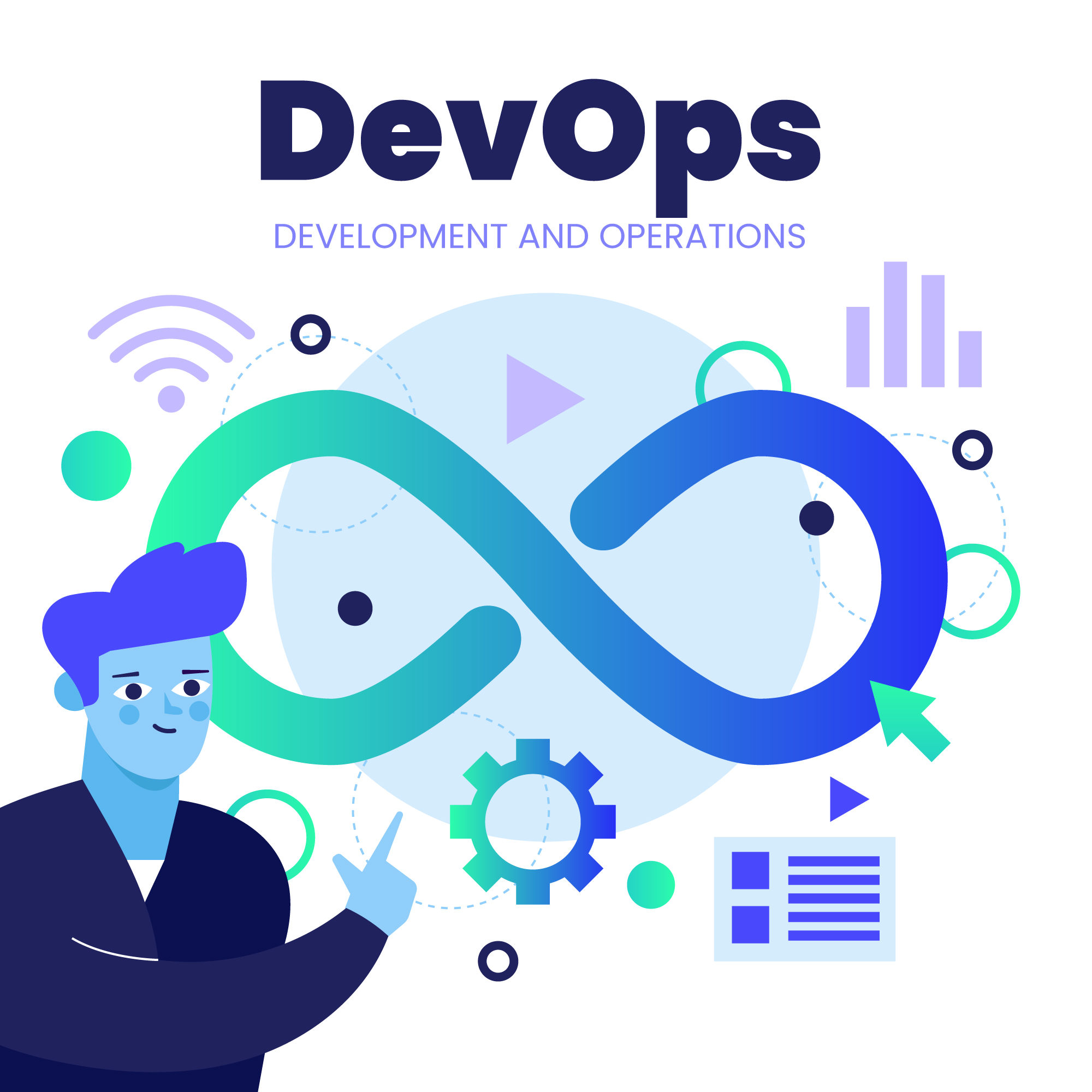Highlights
- The software developer shortage stems from education gaps, long degree timelines, and fast tech evolution.
- Universities often teach outdated theory, leaving graduates underprepared for real-world tech roles.
- Fewer young people choose STEM careers despite high demand and strong earning potential.
- Every industry now needs developers, increasing competition for skilled professionals.
The shortage of software developers isn’t new and is unlikely to improve anytime soon. As businesses rely more on technology, finding skilled developers has become a real challenge. This gap has also slowed down projects, limited innovation, and affected overall business growth.
Moreover, HR teams are under more pressure than ever, as the race for talented developers is now global. In this blog, we’ll discuss why shortage of software engineers occurs and share ways companies can attract, keep, and develop top tech talent.
Causes of the Software Developer Shortage
The shortage of software developers is a complex issue driven by several factors across education, industry, and workforce trends. Gaps in university training, long degree timelines, declining interest in STEM careers, and rising industry demand all contribute to this ongoing challenge. Here are the main reasons why shortage of software engineers occurs:
1. Gap Between University Curriculum and Industry Needs
One key reason for the shortage is the mismatch between what universities teach and what employers require. Many computer science programs focus heavily on theory, often overlooking the latest technologies and practical skills that companies need. As a result, graduates may arrive underprepared for real-world challenges, forcing organizations to invest in extra training. In 2022, over 935 million workers held jobs that didn’t match their education, with 72% under-educated and 28% over-educated for their roles.
2. Lengthy Degree Programs in a Fast-Moving Field

A standard computer science degree can take up to four years, and technology may evolve significantly. For example, Generative AI has become widespread in just two years. Students who started their degrees before such shifts may graduate without exposure to these cutting-edge tools. Due to this, they have outdated skills that make it difficult to compete in the job market.
3. Declining Interest in STEM Careers
Despite high salaries and job stability, many young students perceive STEM careers as difficult or unappealing. As a result, fewer students pursue these fields professionally. Only 29% of Generation Z students (born 1997–2012) list STEM jobs as their first career choice. However, 75% show some academic interest in STEM subjects.
4. Rising Demand Across All Industries
Tech talent is no longer needed just in software companies. Nearly every sector, from healthcare and finance to retail and manufacturing, is undergoing digital transformation and requires developers to maintain and improve technology systems. This broad demand intensifies competition for qualified talent, making it harder for companies to fill open positions.
How to Overcome the Software Developer Shortage?
The ongoing shortage of skilled software developers has pushed businesses to find smarter, faster, and more flexible solutions. Here are some strategies to help companies overcome this talent gap and stay ahead in the fast-changing tech landscape:
- The Generative AI Solution to the Developer Shortage
Generative AI is transforming how software is built. By automating coding, testing, and debugging it’s making the development process faster and more efficient. Tools like OpenAI’s Codex and GitHub Copilot help developers write cleaner code with fewer errors, freeing them to focus on complex and creative tasks.
At Tambena Consulting, we integrate AI-driven development into our custom web development, mobile app development, and AI & GPT integration services, helping businesses reduce time-to-market and optimize resources.
- Limitations and Concerns
While generative AI is powerful, it still needs human expertise. Complex problem-solving, security validation, and quality checks remain essential. At Tambena, we balance automation and human oversight, ensuring your software remains secure, scalable, and high-performing.
- Education and Training Initiatives
Education systems and tech industries are evolving to close the skills gap. Many universities are introducing new AI, cloud computing, and blockchain programs. Similarly, tech companies are upskilling their teams to adapt to modern technologies.
At Tambena Consulting, our teams undergo continuous training in DevOps, Cloud Services, Database Management, and Platform Engineering, ensuring our clients always work with experts who stay ahead of the trend.
- Utilizing Remote Workers and Staff Augmentation
Remote work has opened access to global talent. Companies can hire skilled developers regardless of location, using flexible models like staff augmentation or outsourcing.
Through our Database Consulting, DevOps Consulting, and Cloud Managed Services, Tambena helps businesses build distributed teams that deliver consistent results.
- Future Trends in Software Development

The future of development lies in automation, low-code/no-code platforms, and AI-driven tools. Cybersecurity will play an even bigger role as threats evolve. Developers will need to adapt continuously, learning new technologies to keep up.
- Innovative Solutions on the Horizon
AI-powered tools like GitHub Copilot are only the beginning. With the rise of AI orchestration and automation agents, development is becoming smarter and more collaborative. At Tambena Consulting, we are committed to this future. Our approach integrates AWS/Azure/GCP DevOps and custom software solutions to help businesses achieve faster, more efficient results without compromising quality or creativity.
Summary
The software developer shortage is a multifaceted challenge driven by educational gaps, rapid technological advancements, and growing industry-wide demand. However, businesses can overcome these hurdles with the right strategies, such as AI integration, continuous training, and flexible workforce models.





